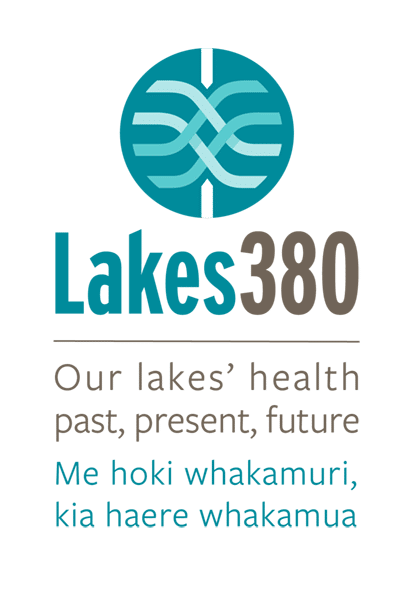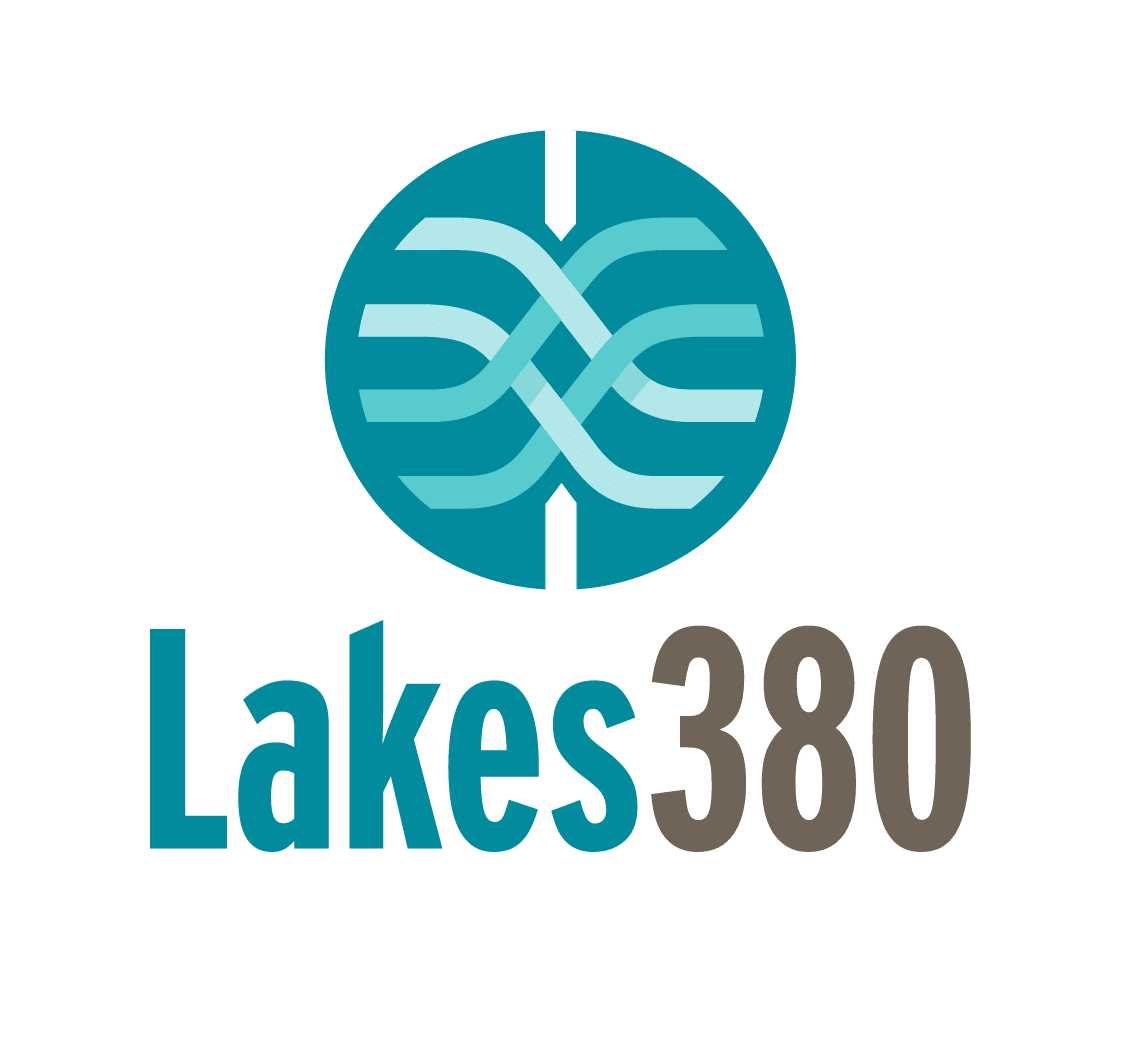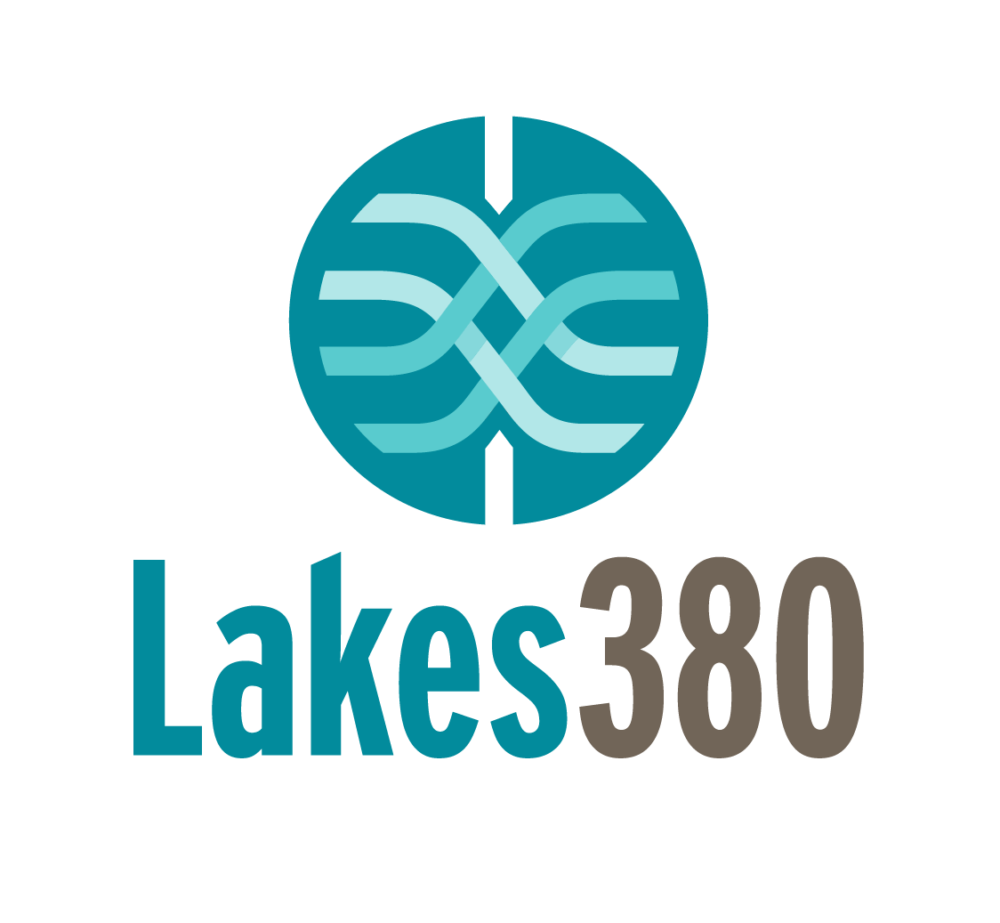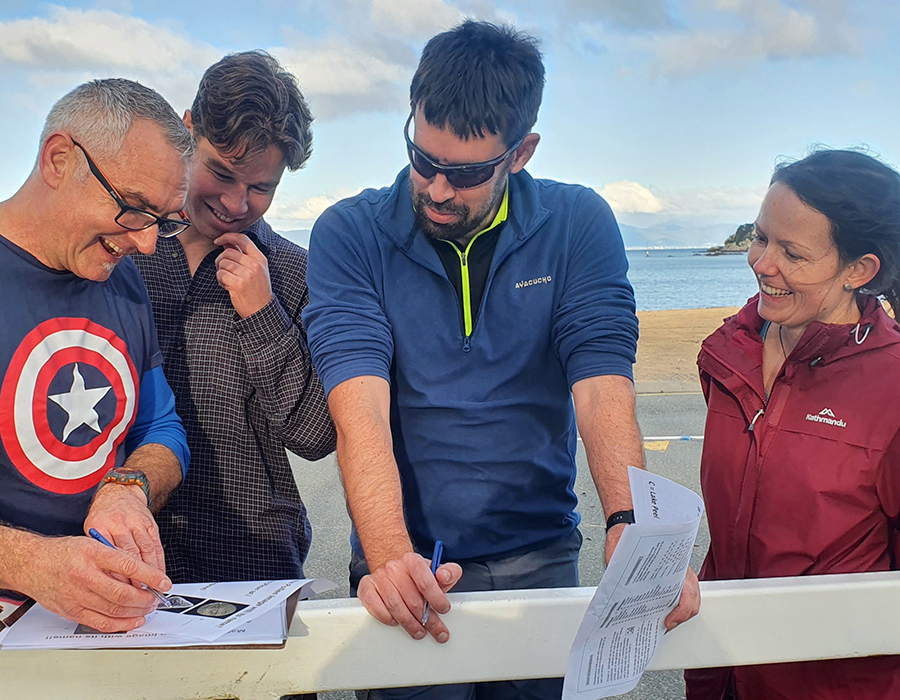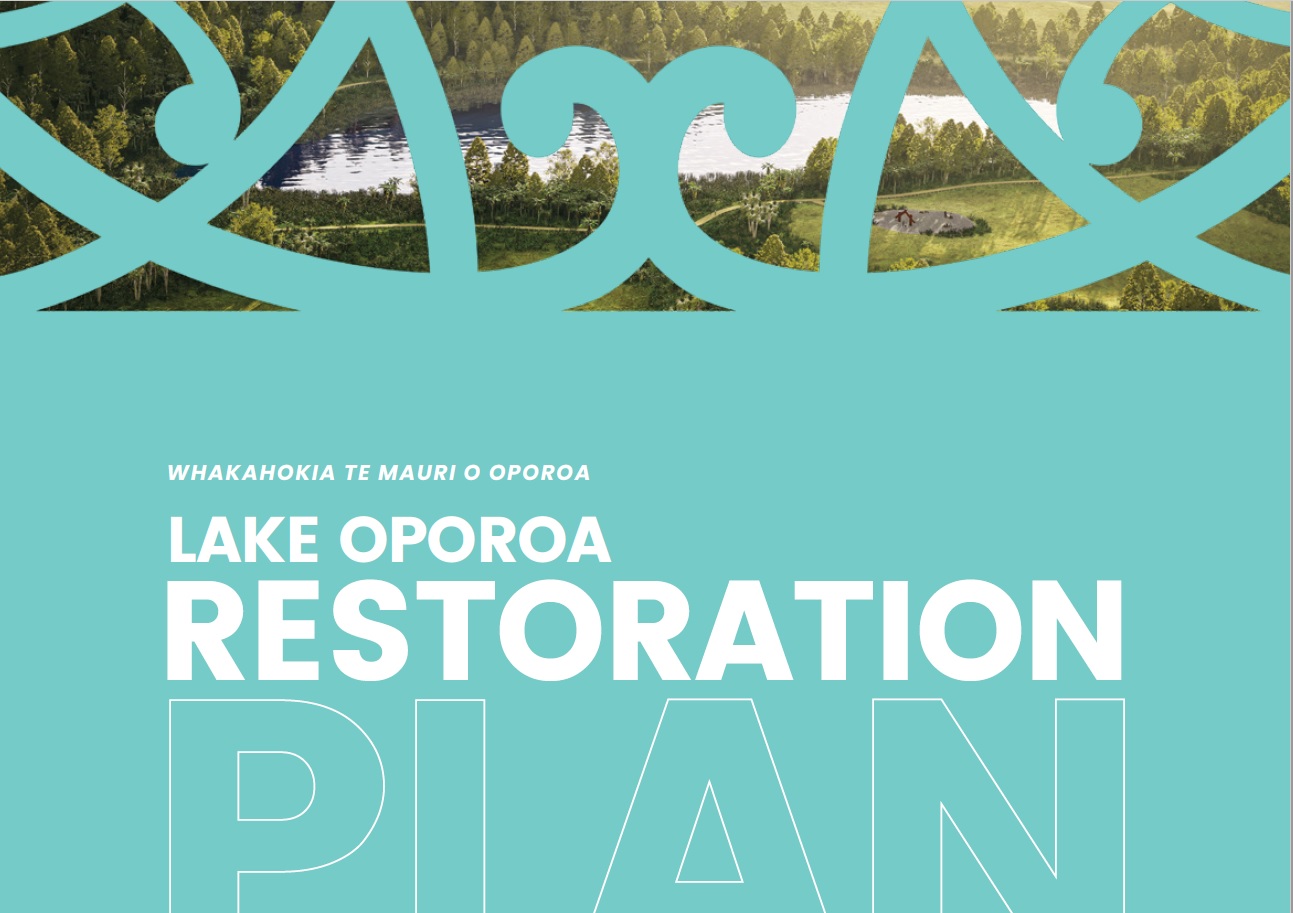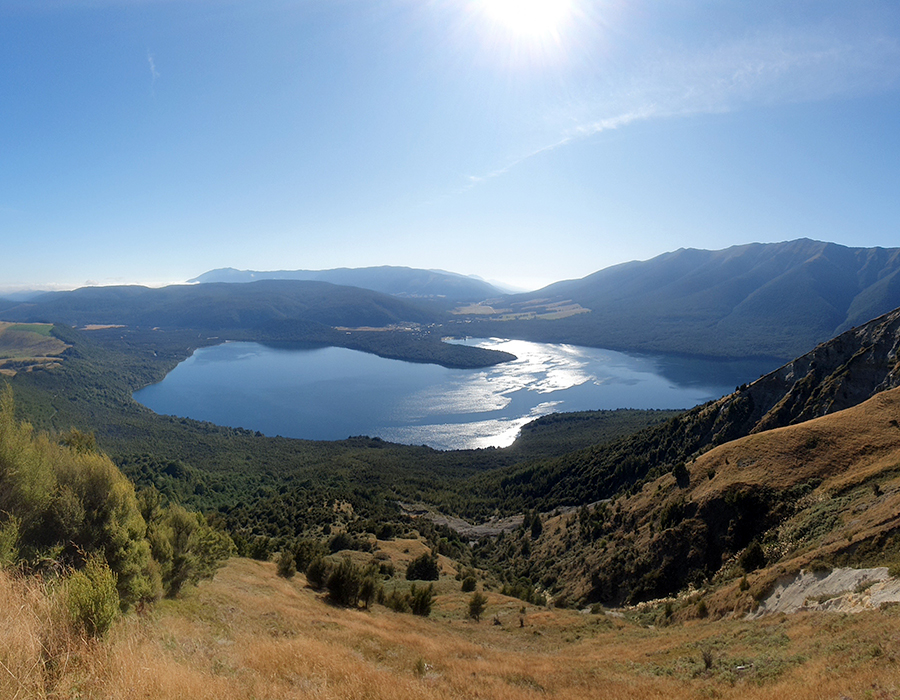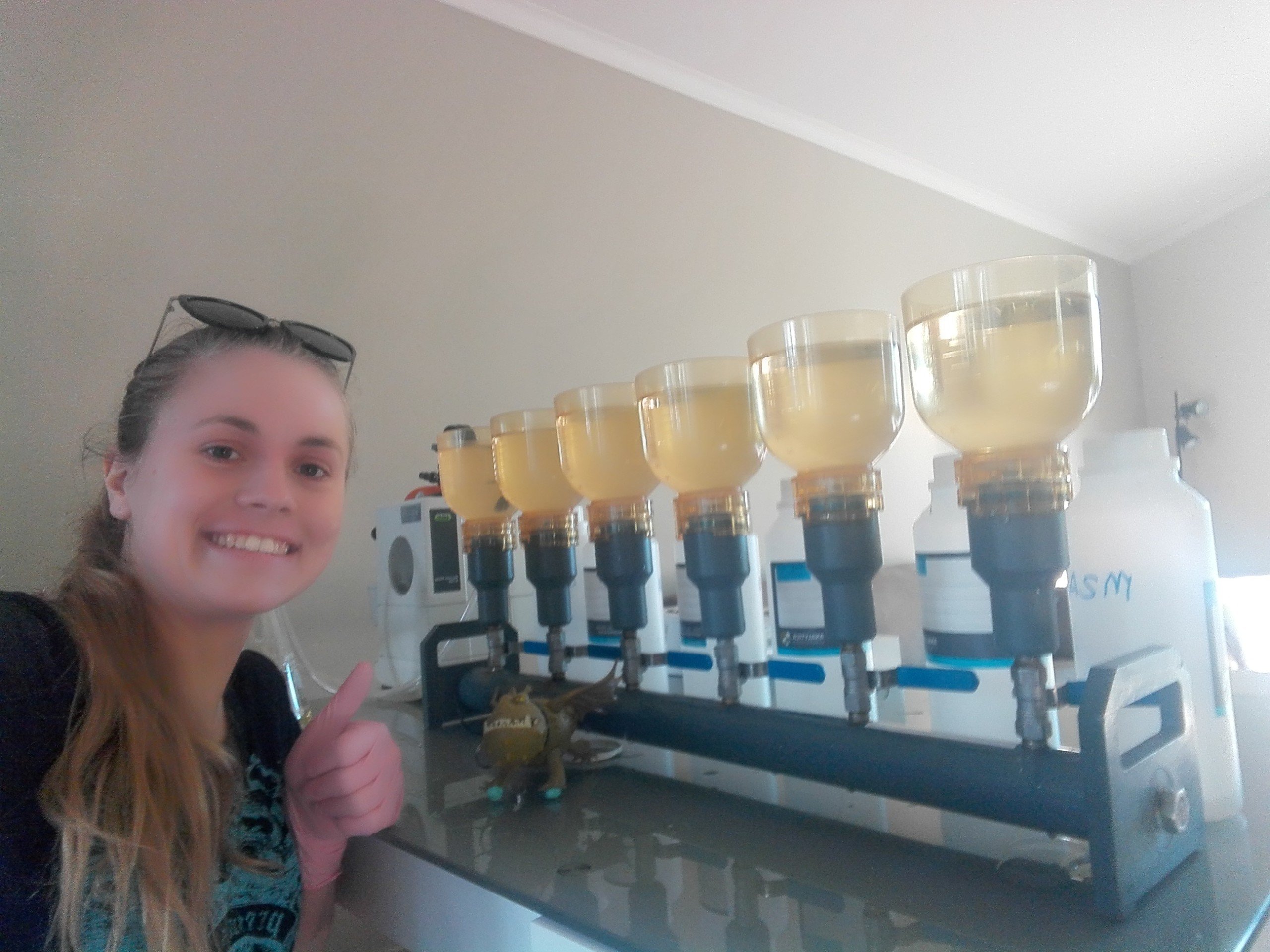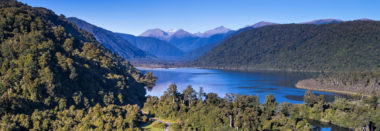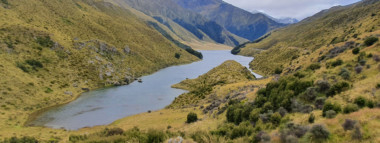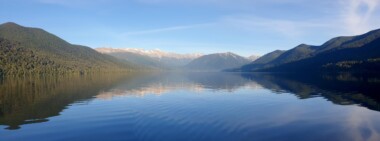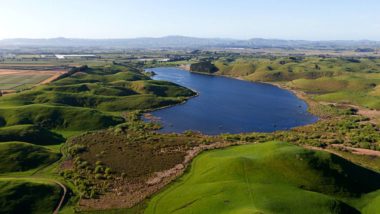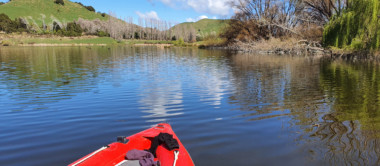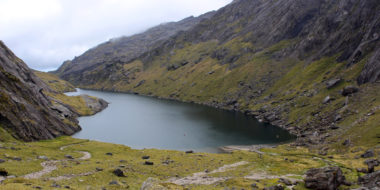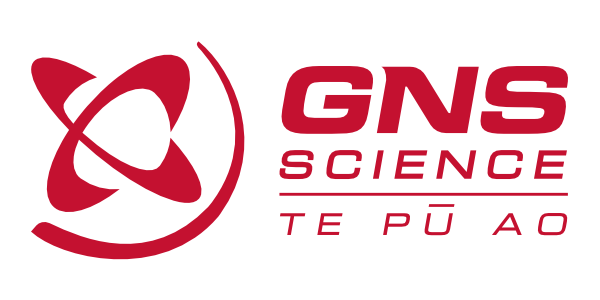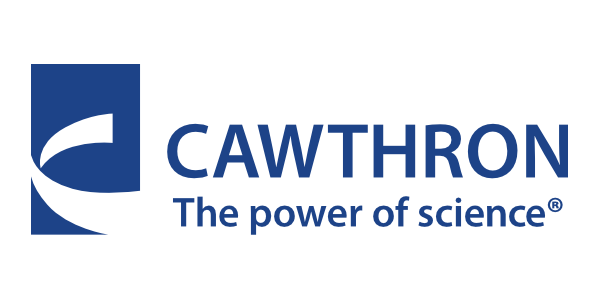Jonathan Puddick, Cawthron
At our recent team building retreat, I was lucky enough to have the opportunity to organise an activity to help the Lakes380 team hone their teamwork skills. I decided that I’d like to share with the team one of my passions outside of lake ecology and get them involved the predator control movement that’s sweeping across Aotearoa NZ. The vision for a predator free Aotearoa NZ by the year 2050 was officially launched in 2015, but for many people it started long before when kiwis started eradicating predators from islands and creating inland sanctuaries. The birds, insects, frogs and lizards native to Aotearoa NZ have evolved for 85 million years in the absence of ground-dwelling predators. So, the introduction of rats, stoats, possums and even hedgehogs has been devastating for our native wildlife through loss of food resources, loss of their young, and loss of adult populations. Because of predation, many of our native bird species are on the brink of extinction and are only holding on through captive breeding programs. Predator Free 2050 aims to protect and revive our native species by creating safe havens in our bush reserves and cities, and progressively eliminating rats, stoats and possums from the entire country. Here in Nelson we have the Brook Waimarama Sanctuary that has been surrounded by a predator proof fence since 2016. This provides a haven where birds and reptiles can breed and feed in safety, but the new goal for our region is to extend this safe-haven into the areas surrounding the sanctuary and into the city. We call this the Nelson Halo and it encourages communities of backyard trappers to eliminate predators in their suburbs, allowing birdlife to venture out from the sanctuary and into our backyards.
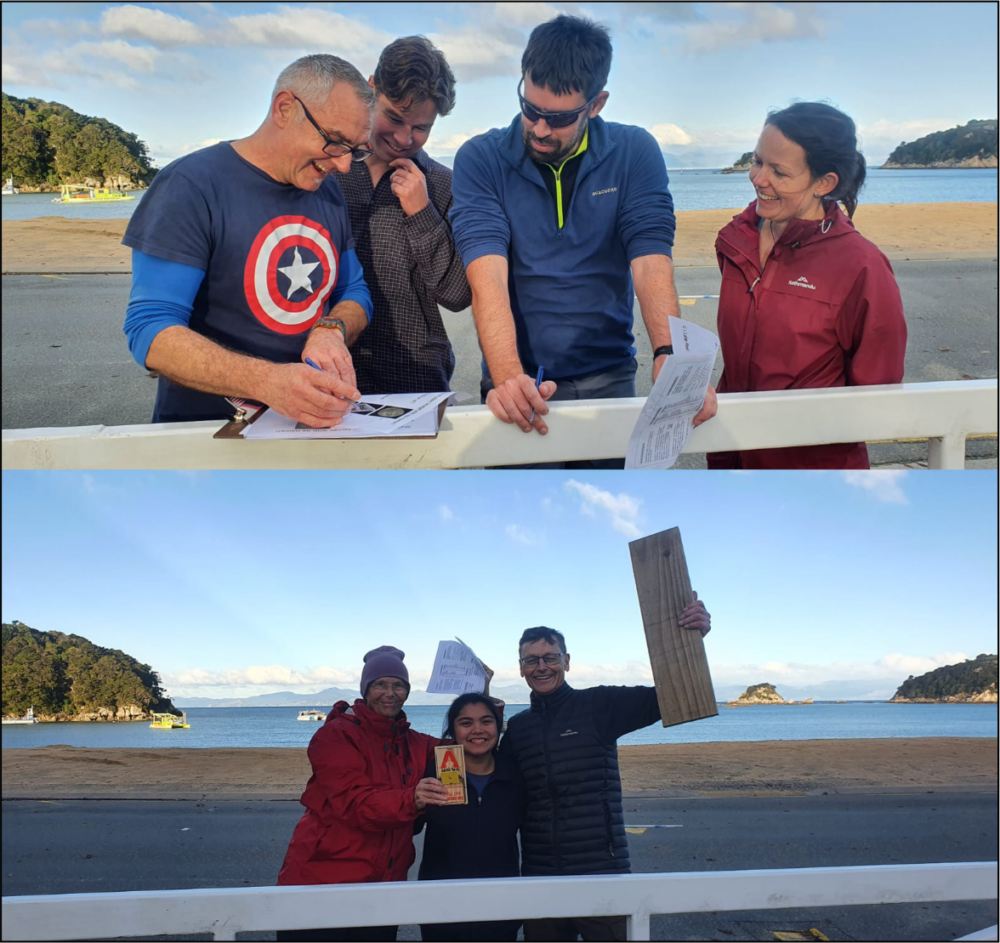
The activity that I ended up developing was an orienteering scavenger hunt, where teams navigated around the surrounding area picking up pieces to build a rat trap enclosure. The teams had to solve paleolimnology related puzzles along the way, so mixing and matching the teams with experts from different fields was a big help. Upon returning to the base camp, the teams hurriedly worked together to construct their rat traps and release their inner graffiti artist branding the traps with our Lakes380 logo. These wooden enclosures keep birds, children and pets safe from the trap inside, whilst still allowing the predators access. I was pleasantly surprised to find that all of the traps were well-constructed and usable (e.g., no trap enclosures completely blocked off and inaccessible), phew!! The ten completed rat traps will now make their way into the Nelson Halo and be put to use by keen backyard trappers. Several Lakes380 team members took up the opportunity to place a trap in their own backyard and I’ll be finding happy homes for the remainder. Judging by the participants’ enthusiasm, everyone really enjoyed the trap-building experience and the vision for a Predator Free Aotearoa NZ. I was very gratified by the effort the Lakes380 team put into constructing these trap enclosures and the enthusiasm from several to take them home and kill some rats!!
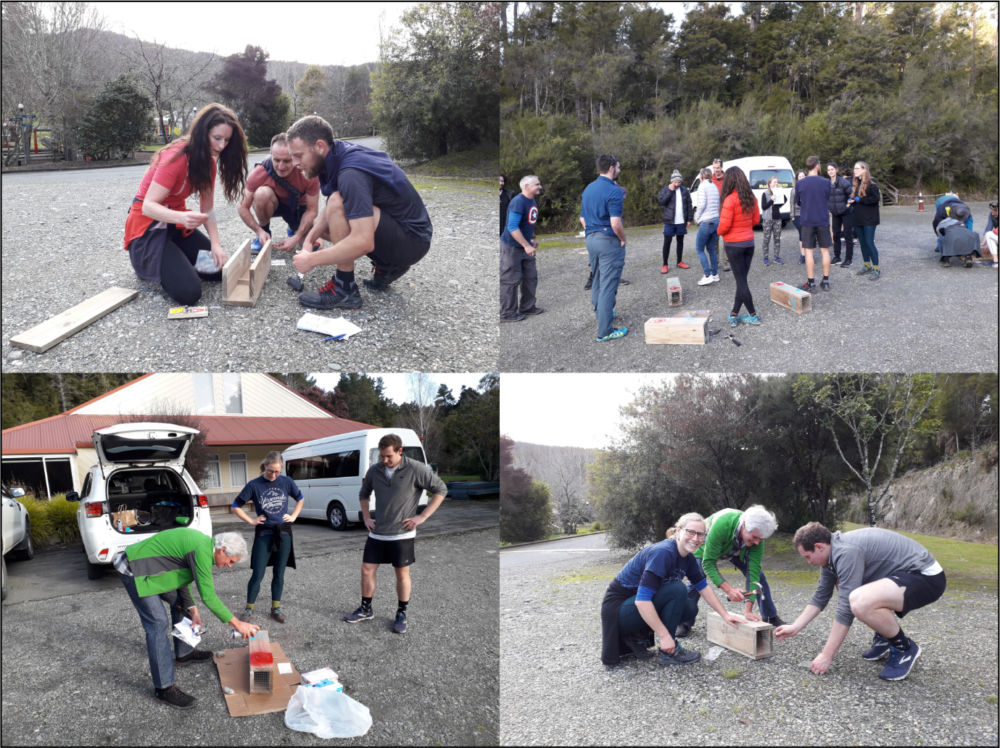
If you’re the type of person who likes the Predator Free 2050 vision but aren’t so keen on actually clearing out a trap in your backyard, there’s lots of other ways to get involved;
- you could put out a bait station,
- create a lizard friendly garden,
- build weta hotels, or
- plant native fruit-bearing trees to provide food for birds.
